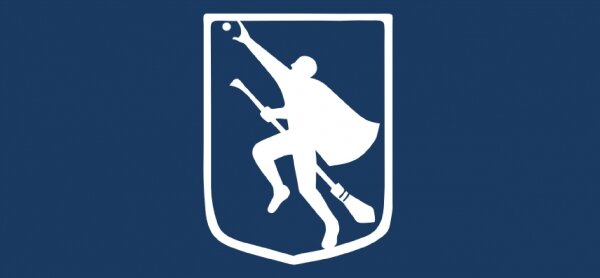IQA Update
Rulebook FAQ Update
The Rules Team has issued four additional rulings concerning frequently asked questions about Rulebook 7.

The Rules Team has clarified the answers to four additional frequently asked questions about the official rules. These clarifications concern rules related to seekers, snitches, and the seeker floor, and the legality of kicking a ball that is being reached for by the other team.
The answers to these four frequently asked questions are posted below. For a full list of clarifications and frequently asked questions regarding Rulebook 7, please visit our Rulebook FAQ page.
What is the call if a chaser on Team A reaches for the quaffle and a chaser on Team B attempts to kick the ball away?
Answer: Touching the quaffle with hands and kicking the quaffle are both legal plays. If a player attempts to kick the quaffle before anyone has touched it, and does not make contact with a player, there should be no card. If a player attempts to kick a quaffle and makes contact with an opposing player, then a penalty should be called, absent extreme circumstances. The standard penalty for a kick that hits a player should be a yellow card, however, referee discretion can be used to determine the severity of the penalty (If the kick is egregiously reckless, comes extremely late, or makes contact with the abdomen or face then a red card may be warranted.)
This interpretation also applies to beaters going for a bludger.
Are seekers required to return to the scorekeeper at the end of the seeker floor? Must the seeker position always be filled?
Answer: Rule 3.4.1.2 establishes that there is a seeker floor and establishes that the seekers may wander the pitch, but they can be required to return to the scorekeeper at the end of the floor so the scorekeeper may release them. There must be a player in the position of seeker at all times during the game.
What is the longest seeker floor that may be established?
Answer: Rule 3.4.1.3 establishes that the seeker floor must be between 0-10 minutes. Therefore games may have no floor, or may have a floor of any length between 0 and 10 minutes, but a game may not have a seeker floor longer than 10 minutes.
Is there a minimum or maximum return time for the snitch that must be established?
Answer: Rule 3.4.1.4 establishes that the TD and head referee may establish the return time for the snitch, this can be any amount of time as determined at the tournament. The snitch runner may be asked not to leave the pitch at all, to return during the seeker floor, or to return at any time after the seeker floor is over.

